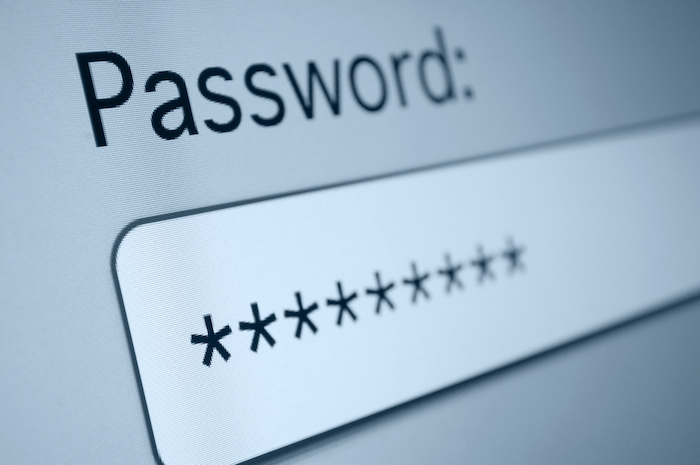
As more and more aspects of our lives move to digital spaces, it’s more important than ever to make sure you are taking the right steps to protect yourself. No matter the type of online account, your first line of defense is often your login password. Which is why learning how to make strong passwords is so important. From personal information, online shopping and sensitive documents and emails, to your finances and business details, you’re likely more vulnerable than you think. Take the necessary, simple steps to make sure your passwords are strong and protect yourself from a digital attack.
1. Longer is Stronger
The longer and more complex you make your passwords, the stronger they’ll be in the long term. Short, simple passwords are often much easier for hackers to crack. Aim for at least 8-12 characters, and consider these other basic guidelines for how to create strong passwords:
- Use a combination of upper and lower case letters, numbers and symbols.
- Avoid easy, simple phrases like “Password123” and never use personal information (birth dates, pet names, etc.)
- Random is better: pick a strange phrase and replace letters with numbers or symbols where you can, have some fun with it!
2. Cycle Passwords Often
Larger companies like Google and some financial institutions often prompt users to change their passwords after a certain period of time. A good rule of thumb is to rotate passwords at least every 6 months. It might feel like a chore to go through every single online account. But when you’re considering sensitive personal and financial information, what’s an extra 15 minutes twice a year to protect yourself?
3. Never Use the Same Password for Multiple Accounts
We’ve all been guilty of it. You craft one really strong password and decide to use it for every account. Sure, it’s convenient and may help you save time during your day. But, in the event of a breach, it’s not just one account you have to worry about. By not taking the time to create multiple passwords, you’re leaving your entire digital identity at risk by the right hacker.
4. Use a Password Manager
With so many different passwords for each online account, it can be difficult trying to keep track of them all. However, you should never write your passwords down. Even if you think your home or office is safe, all it would take is for you to lose the slip of paper or notebook and suddenly all of your accounts are at risk. With encrypted password managers like LastPass, Keeper Security, or Dashlane, you can house all of your passwords on a single, private, secure server. Just make sure to never forget the master password! And be sure to follow the same tips to make sure it is as strong as possible.
5. Enable Two Factor Authentication
Some of your accounts may prompt you to enable two factor authentication. It’s always tempting to click “remind me later” and put it off, but taking a few minutes can really go far in the long run. Two factor authentication adds an extra layer of protection, simply by verifying that you are who you say you are. Usually that comes in the form of a direct text message or email to confirm a login attempt. Again, it’s the simple, extra steps that can save you so much trouble.
For More Security Tips, Stick with My Alarm Center
Hackers use usernames and passwords from other data breaches to gain access to accounts. In recent years, hackers have made login credentials for over 8.2 billion online accounts available to the internet. Don’t put yourself at an unnecessary risk.
And if you’re looking for more ways to keep yourself and your family safe, check out our home security and automation services at My Alarm Center. We offer a wide range of home security options to protect you and your family. If you’re ready to discuss our custom solutions, contact us today to learn more about our services and how we can help you prepare for what’s next.

